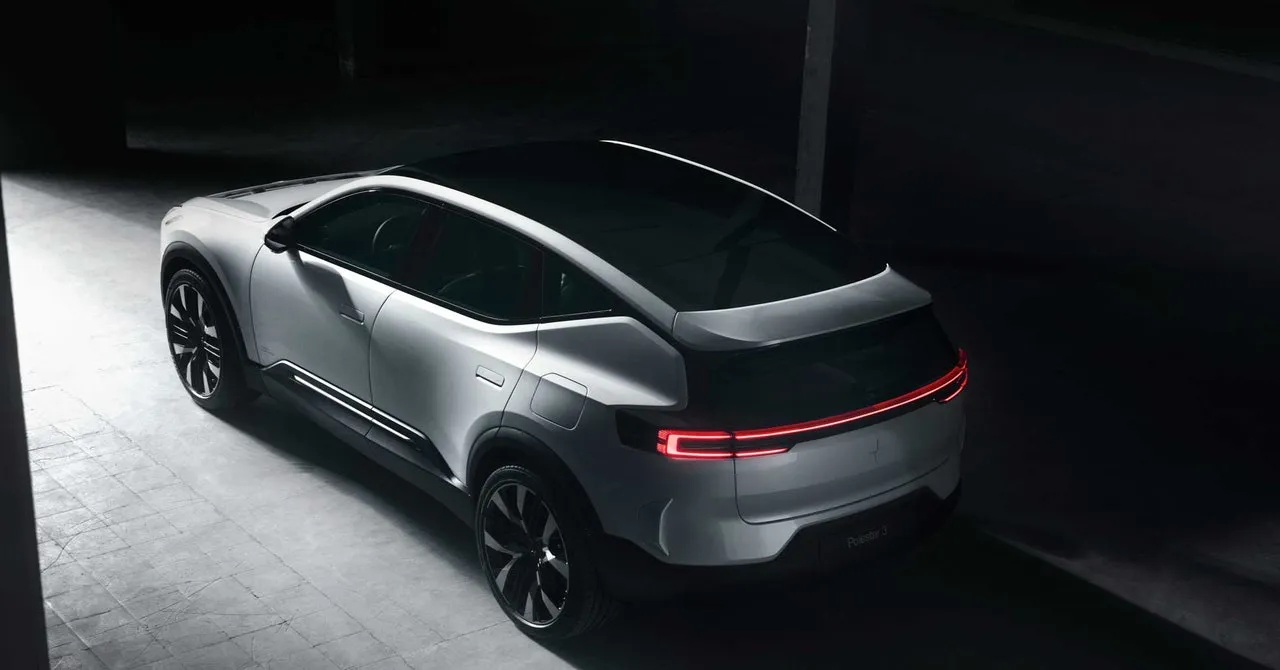Electric Vehicles and Polestar: A Challenge for Volvo's Premium Brand

Electric Vehicle Market Landscape
Electric vehicles (EVs) are increasingly becoming a focal point in the automotive industry. As the market becomes saturated, brands like Polestar face significant challenges. Initially created as a performance brand for Volvo, Polestar has struggled with its brand identity and financial sustainability. Operating independently has proven costly, as the company recently faced substantial losses amidst a decline in EV demand.
The Case for Integration with Volvo
- Polestar’s financial woes: lost $1.46 billion amid slowing demand.
- Volvo reduced its stake to 18%, highlighting a shift in strategy.
- Experts advocate for Polestar to become a sub-brand to leverage Volvo's established reputation.
Brand Recognition and Market Positioning
For Polestar, the path forward requires significant brand awareness. While Volvo enjoys a robust image, Polestar lags behind. Industry analysts suggest:
- Enhanced Branding: Redefining its purpose in the EV segment.
- Performance Differentiation: Offering unique propositions compared to Volvo.
- Visibility Strategies: Aggressive marketing to boost public knowledge.
Conclusion: Navigating the EV Future
Polestar’s struggle mirrors the broader challenges in the electric vehicle sector. With current market volatility and increasing competition among EV brands, it remains to be seen whether Polestar can carve out a niche for itself or will be folded back into Volvo’s offerings. The automotive giants must adapt or face being left behind in a rapidly evolving industry.
This article was prepared using information from open sources in accordance with the principles of Ethical Policy. The editorial team is not responsible for absolute accuracy, as it relies on data from the sources referenced.